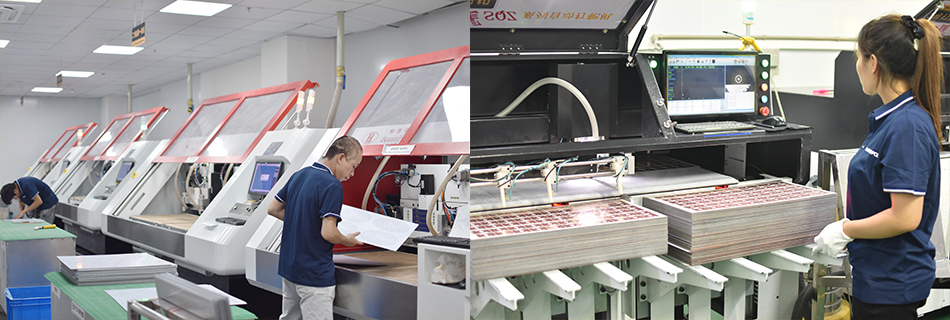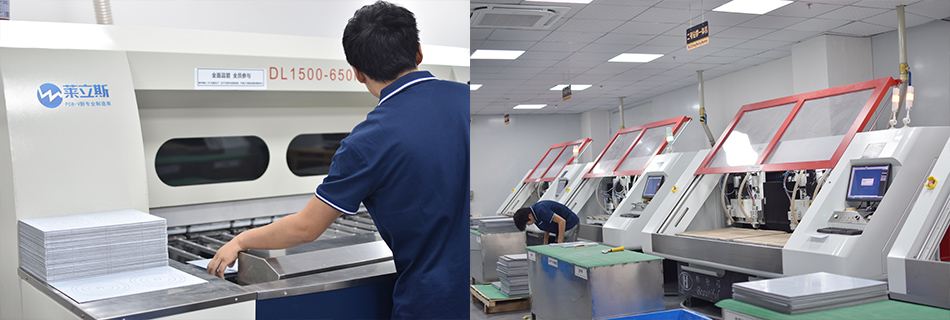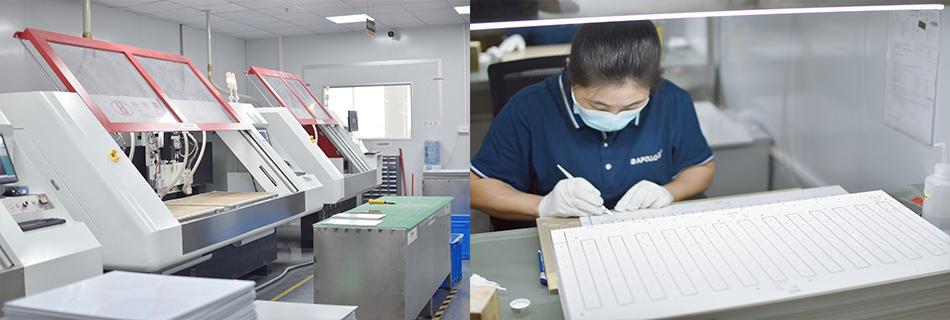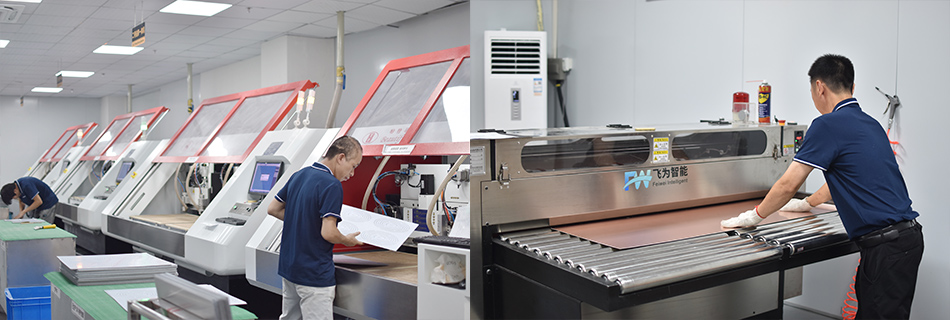-
- PCB TYPE
- PRINTED CIRCUIT BOARD PROTOTYPE ALUMINUM PRINTED CIRCUIT BOARD R&F PCB FPC HIGH FREQUENCY PCB HIGH-TG PCB HEAVY COPPER PCB HDI PCB PCB FOR LIGHTING METAL CORE PCB
time:Sep 30. 2025, 10:01:15
In the world of electronics, Printed Circuit Boards (PCBs) are the backbone that supports and connects all electronic components. When it comes to high-frequency applications like RF (Radio Frequency) and microwave circuits, the PCB design and fabrication process becomes even more critical. This article delves into the nuances of RF microwave PCB fabrication, highlighting key techniques, design considerations, and the importance of precision in this specialized field.
RF microwave PCBs are specifically designed to handle high-frequency signals ranging from megahertz (MHz) to gigahertz (GHz). These frequencies are typically used in applications such as wireless communication devices, radar systems, and satellite technology. Due to the sensitive nature of these signals, any imperfection in the PCB can lead to signal loss, interference, or distortion.

Fabricating RF microwave PCBs requires a precise approach to ensure optimal performance. Here are some of the critical techniques involved:
The choice of material is a crucial factor in RF microwave PCB fabrication. High-frequency signals require substrates that have low dielectric constant (Dk) and low dissipation factor (Df). Common materials include PTFE (Teflon), Rogers, and ceramic-filled substrates. These materials help maintain signal integrity by minimizing signal loss and ensuring consistent performance.
The layer stack-up design is another vital aspect. Multi-layer PCBs are often used in RF applications to support complex circuitry while maintaining a compact size. Proper layer stack-up can help in reducing electromagnetic interference and cross-talk, which are common issues in high-frequency circuits.
Impedance matching is essential for RF microwave PCBs to ensure that signals are transmitted efficiently without reflection. This involves precisely controlling the width and spacing of the traces on the PCB. Advanced software tools are often employed to simulate and design the required impedance characteristics.
Vias are used to connect different layers of a PCB. In RF microwave PCBs, via design needs to be carefully managed to prevent signal loss. Techniques such as back-drilling or blind and buried vias can help in reducing the impact of vias on signal integrity.
The surface finish of a PCB affects its performance and durability. For RF microwave PCBs, finishes like Electroless Nickel Immersion Gold (ENIG) or silver are commonly used. These finishes provide a smooth surface for component mounting and ensure good conductivity.

Designing a microwave PCB involves several considerations to ensure that the board functions correctly at high frequencies.
Signal integrity is paramount in RF microwave PCBs. Designers must consider factors such as trace width, trace spacing, and via placement. Simulation tools are often used to model the PCB and predict how it will perform under real-world conditions.
High-frequency circuits can generate significant heat, which must be managed to prevent damage to the components. Thermal management techniques include the use of thermal vias, heat sinks, and thermal pads to dissipate heat efficiently.
Electromagnetic interference (EMI) can adversely affect the performance of RF circuits. Shielding techniques, such as using grounded copper pours or adding metal shielding cans, help mitigate EMI and ensure that the circuit operates as intended.
Component placement is another critical factor. Placing components too close to each other can cause interference, while placing them too far apart can increase the path length, leading to signal loss. Designers must strike a balance to optimize performance.

Fabricating RF microwave PCBs presents unique challenges that are not typically encountered in standard PCB manufacturing:
Precision Requirements: High-frequency PCBs require precise manufacturing tolerances. Any deviation can lead to performance issues such as signal reflection or attenuation.
Material Handling: RF materials like Teflon are difficult to process and require specialized handling and equipment.
Cost Considerations: The materials and processes involved in RF microwave PCB fabrication are more expensive than traditional PCBs, impacting the overall cost.
The complexity and precision required in RF microwave PCB fabrication demand expertise and experience. Manufacturers specializing in RF PCBs bring a wealth of knowledge and technical capability to the table, ensuring that the final product meets the stringent requirements of high-frequency applications.
Working with an experienced manufacturer can help you navigate the challenges associated with RF microwave PCB fabrication, from material selection to final testing. Their expertise ensures that your PCB will perform reliably in its intended application, whether it's a communication device, radar system, or any other high-frequency technology.

RF microwave PCB fabrication is a specialized field that requires careful attention to detail and precision in every aspect of the process. From selecting the right materials to designing for signal integrity and managing thermal challenges, each step is crucial to ensure the success of the final product.
As technology continues to advance and demand for high-frequency applications grows, the importance of mastering RF microwave PCB fabrication will only increase. By understanding the key techniques and considerations involved, you can ensure that your PCBs meet the high standards required for today's cutting-edge electronic devices.

Got project ready to assembly? Contact us: info@apollopcb.com



We're not around but we still want to hear from you! Leave us a note:

Leave Message to APOLLOPCB
